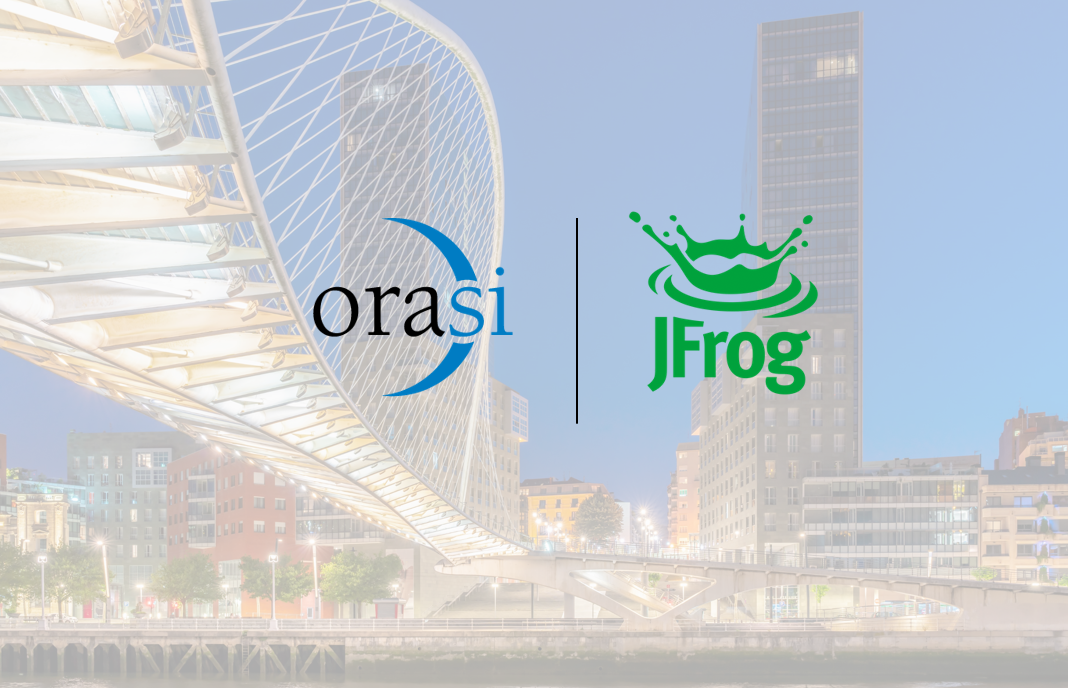By: Mark Lewis, SVP Sales and Marketing
Develop fast, test regularly, and release with better frequency – that’s what the DevOps paradigm boils down to for development teams. But these standards can be achieved only by implementing a comprehensive DevOps Monitoring approach in the organization. Such an approach essentially includes automation, expanded measurement, and visibility throughout the entire development life cycle. As a result, it empowers teams with a solid grip on all areas – from planning, development, integration and testing, deployment, and operations. In addition, it helps the teams to keep pace with multiple developments and testing stages happening simultaneously.
The teams can have a complete and real-time view of the status of applications, services, and infrastructure in the production environment. This is where developers can find incidents and issues they need to be wary of, and here is where site reliability engineers can ensure that services run without hiccups. For all this to happen without chaos and with context, a good monitoring approach is crucial.
When this is in place, one gets better transparency and visibility of IT and network operations to resolve issues with a well-timed alert system. Here, one can monitor software operation and performance issues and identify the cause of the error. This helps to deploy suitable remedies before these incidents cause significant damage to uptime and revenue. One can also track user behavior, like after an update to a particular site or app. This also helps to gauge and improve user experience.
Key DevOps Monitoring strategies:
- Real-time streaming
- Historical replay
- Visualizations
- Feature flags
- Change management for production environments
- Alert and incident management
- Application Performance Monitoring
- Monitors for errors, transactions, alarms, infrastructure, capacity, and security during development
- Infrastructure monitoring
- Trackers for network activity – firewalls, routers, switches, servers, and virtual machines
Determining what you should monitor in your applications
Although several factors warrant this monitoring model, some critical aspects need DevOps Monitoring at the very onset:
- Frequent code changes
- Micro-services
- Micro-front-ends in cloud environments
- Automated collaborations between Dev and Ops teams
- New experiments in production environments
- Outage related alerts
- Distributed systems
- Hardware and network failures
- Misconfiguration
- Resource usage
- Data inconsistencies
The salient aspect of this approach should be the ability to respond to any degradation in the customer experience. With good monitoring foundations, this can be done quickly and automatically. Also, the teams can execute “shift left” to earlier stages in development. This helps in a big way to minimize broken production changes.
How to do this right?
The approach is all about the right mindset and tools. So one can achieve the true impact of DevOps Monitoring by wielding some tenets that work well:
- Building high-quality alerts in the code that minimize meantime to detect (MTTD) and meantime to isolate (MTTI).
- Well-designed dashboards and adequate training for team members to use them.
- Detectors for security (upgrades/patches/rolling credentials).
- Identify monitoring functionalities so that important metrics and areas are not missed out on.
- Monitoring the full stack in an end-to-end way will ensure that the whole framework runs without gaps, siloes, or broken chains.
- Evaluation of monitoring tools for DevOps workflows can lead to timely corrections and robust innovation.
- Leveraging tools for effective DevOps Monitoring should happen with a hands-on and real-outcome mindset. The on-ground effect of these tools should be assessed well considering the complete success of the DevOps approach.
Unless an organization can cultivate a “measure and monitor everything” mindset, the DevOps Monitoring will not respond to any alerts or use any automation capabilities. One needs to observe and detect compliance issues and security threats at every stage. This has to happen during each phase of the DevOps pipeline.
Continuous Monitoring has to notify development and QA teams about issues that pop in the production environment. The feedback on what is going wrong is imperative. It should be used well and with natural agility. It should shrink system downtime and enhance response time, thus elevating the customer experience.
That’s the purpose of DevOps Monitoring. That’s where it pays off.



